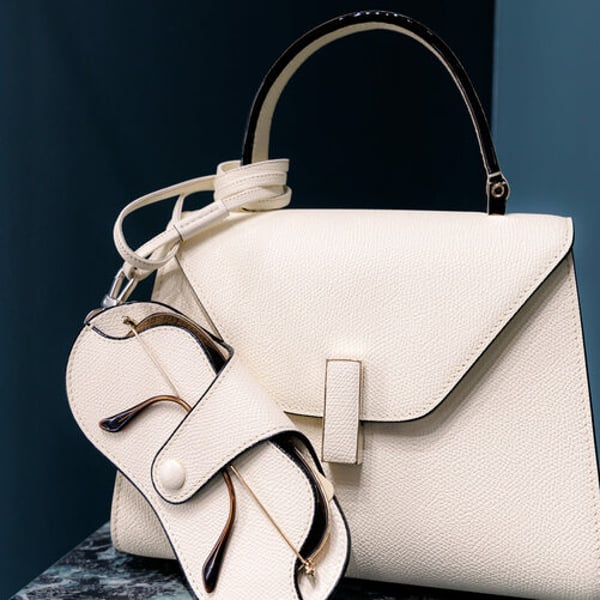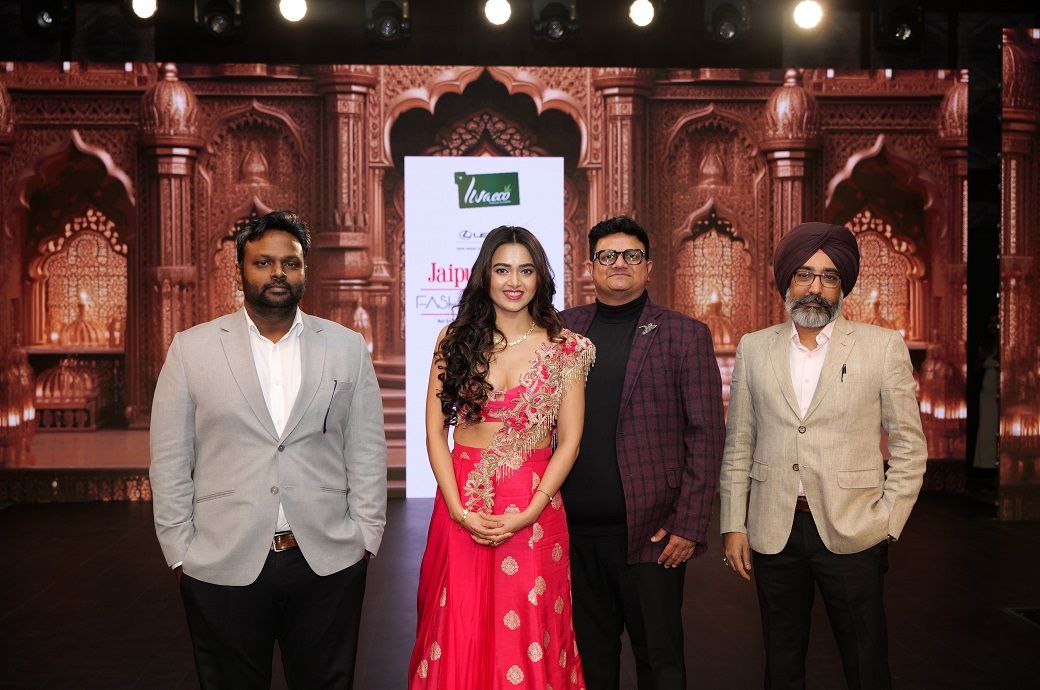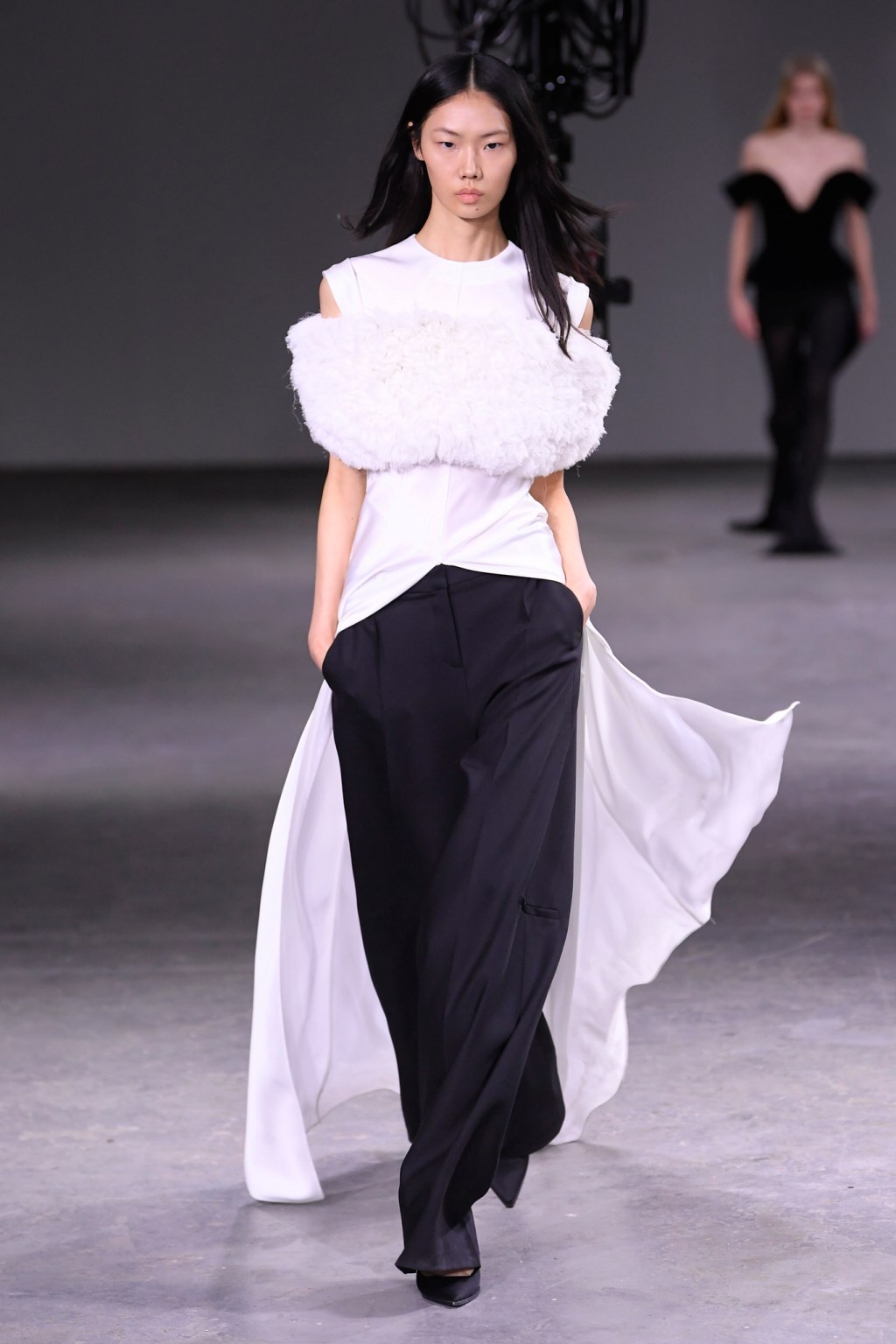By
Bloomberg
Published
August 17, 2025
The controversy of “Good Jeans” by American Eagle Outfitters Inc. Sydney Sweeney occurred at the end of July, makes a life in terms of the Internet, but here we are, in the middle of August, and people are still talking about that. One of the last references occurred last Friday, when Dr. Phil, outraged that the liberals found announcement failures, announced plans to buy American Eagle blue jeans for each woman in her family.
It is easy to read this episode as more evidence of our degraded civic discourse. But what happens if this is simply the last front in the battle of decades about the meaning of blue jeans? They are part of our common culture, yes, but they have a long history of “triggering” one group or another, the inevitable consequence of the fact that so many groups think that this most ubiquitous and recognizable clothing article belongs to them.
The name of a man is inseparable from the birth of blue jeans: Levi Strauss. In 1873, one of its clients, a tailor named Jacob Davis, based in a mining city in Nevada, approached him with a proposal.
Davis explained that he had been making hard pants with denim that he had bought from Strauss. These pants, reinforced with metal rivets, had proven popular among the miners, and Davis wanted Strauss to help him build the business. The two men secured a patent for the design (keep the miner and its peak), soon founded a company to sell the pants and selling to miners and jeans who wanted clothes that could handle wear. Other companies also got into the business, and during the next half century, the blue jeans, then known as “waist monkeys”, became popular in a wide strip of the working class of the nation.
Look at the iconic photographs of Americans who work during the great depression, and one thing stands out: practically everyone wore blue jeans, along with their nearby cousins, denim overalls and monkeys. It was the masses uniform: the common people who worked in factories and farms. And if I had remained that way, there would be no occasion for this column.
However, that same decade witnessed another trend that proved to be an omen of things to come: the cultural appropriation of blue jeans as a fashion statement. The first criminals were rich Americans who began visiting the so -called “type ranches” in the west. To go out with the jeans and other “authentic” Americans led to a fashion fashion focused on “Duds Duds”, with Levi Strauss & Co. at the head. The company even launched the first blue jeans for women in 1934: Lady Levi's.
In the process, blue jeans went from being a functional article of clothing associated with working -class Americans to something much more malleable: a literal canvas through which users transmit their identity.
And they transmitted that they did. The jeans became omnipresent thanks to Marlon Brando. Long before becoming a family name, Brando refused to comply with the clothing codes followed by the candidates for actors. “During what could be called his blue period, or Jean Azul, Brando went everywhere with such clothes,” the Washington Post reported in a star's breath. The receptionists and guardians of the talent agencies and in Hollywood “confused him with a man who had come to repair a broken pipe or wash the windows.”
Brando translated his own style on the screen, starting with the Wild One, where he played the leader of a motorcyclist gang that takes care of a small city. Middle -class white high school students and university students loved the appearance and immediately adopted it as their own. His elders were not fun.
In 1957, the New York Times informed readers that Blue Jeans, previously a healthy clothing clothes, had received a bad representative. “Since the 'Motorcycle Boys' began using blue jeans in an orderly manner, many schools in the country have banned this classroom attire,” said the newspaper.
In the 1960s, the transgressive power of jeans exploded, particularly after they became the uniform of the youth tribes that confirmed the counterculture. Vietnam War protesters wore jeans embroidered with peace signs, while feminists wore jeans, not skirts, to claim equal rights. Civil rights protesters adopted the appearance because it reflected denimed denied by enslaved people and parking lots, a subtle suggestion that had not changed much in the segregated south.
From there, Jean's wars only intensified. On the one hand, Bell Bottoms became the exclusive aspect of the radicals of the 70s. By 1980, the jeans had advanced, but were associated in some circles with Moral in Decline. That year, Brooke Shields, 15, appeared in a series of highly sexualized ads for Calvin Klein jeans that social conservatives denounced.
At the same time, a conservative counterrevolution began to claim jeans for themselves. After Ronald Reagan became president, he conveyed an image of himself as a heart rancher who was happier with his beloved blue jeans. George W. Bush took the same look and ran with him when he was president, helping to claim jeans for conservatives.
As the controversy of Sydney Sweeney Jeans gradually fades the attention center, at least as much as it can in today's hostile political climate, where it will surely resurface from time to time, it is worth remembering that the poles surrounding the denim are far from being unprecedented. And in an era in the United States when it feels little familiar, perhaps that feeling of Déjà Vu can be a guide to navigate similar cultural wars.












